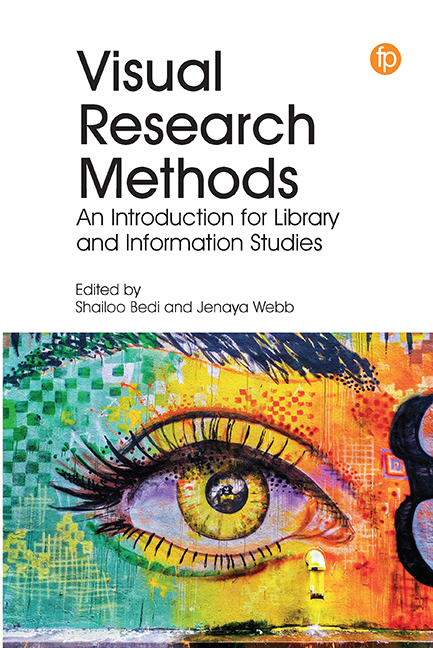6 - Windows into Library Experience: The Value of Visual UX Research Methods
Published online by Cambridge University Press: 07 November 2020
Summary
In 2015, through a series of talks and presentations, Lorcan Dempsey popularized the views of Douglas Zweizig who had urged library staff to think about the library in a new way: think of the library in the life of the user, not the user in the life of the library (Zweizig, 1973). For this to happen we require a different mindset from the one that has typically delivered library services based on library staff agendas, assumptions and perceptions rather than user behavior and needs. Moreover, to inform this new mindset we need research approaches that offer richer information about our users and nonusers. This richness is abundant in visual user experience (UX) research methods.
Over the past four years, as I have researched how users experience library services around the world, visual methods – specifically, the taking of photographs and drawing of sketches – have proved to be an integral part of my research armory and I cannot imagine being, or choosing to do, without them. It is difficult to pinpoint at what moment I became so convinced of their value. I don't know whether it was while I was sitting at a library entrance drawing the flow of users on a hastily drafted floorplan, or when I received my first set of photographs from a student intended to represent their research life, but I do keenly remember that creeping realization that taking this alternative approach offered unparalleled opportunities for deeper understanding.
I first became passionate, if not evangelical, about the process of UX research and design while working as head librarian at Cambridge University's business school. The service I led at Cambridge was superficially very successful. Indeed, annual surveys indicated that both the service and its staffing were uniformly excellent. While on paper this was a good thing, I harbored a nagging suspicion that this was much less than the whole story. For one thing, only around 40% of students filled in these surveys. For another, I knew that some students never used the Library and that the business databases, on which we spent half a million pounds per year, were not being used nearly enough to justify such expenditure.
- Type
- Chapter
- Information
- Visual Research MethodsAn Introduction for Library and Information Studies, pp. 127 - 152Publisher: FacetPrint publication year: 2020



